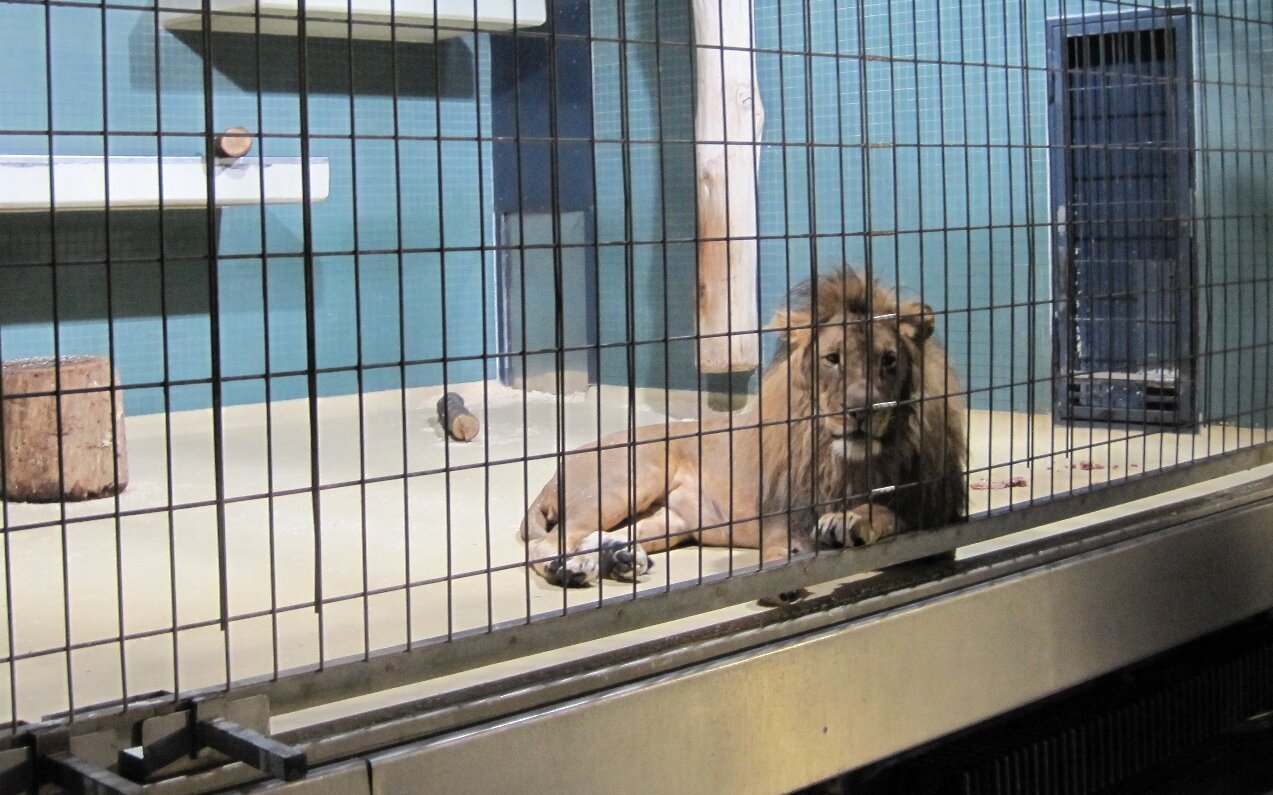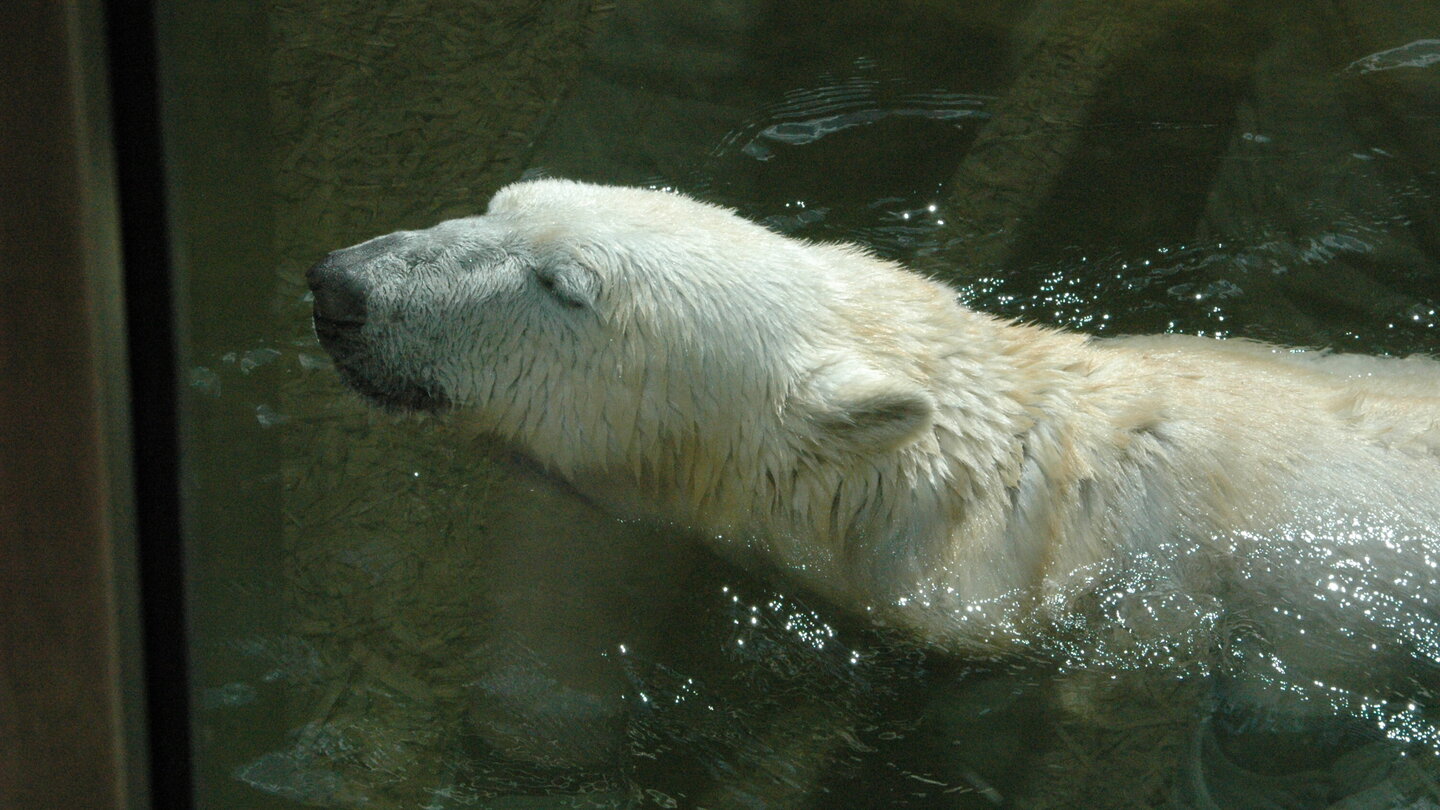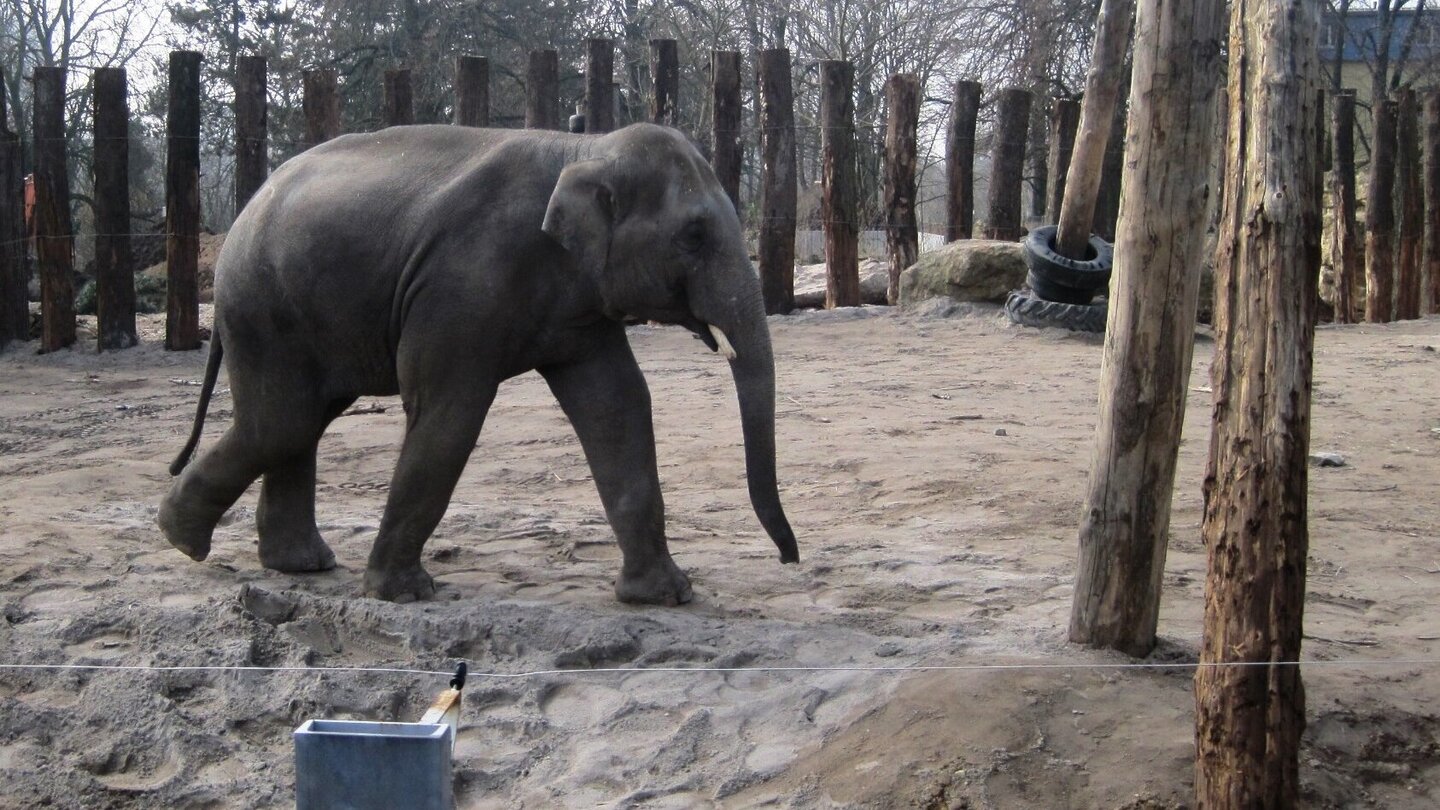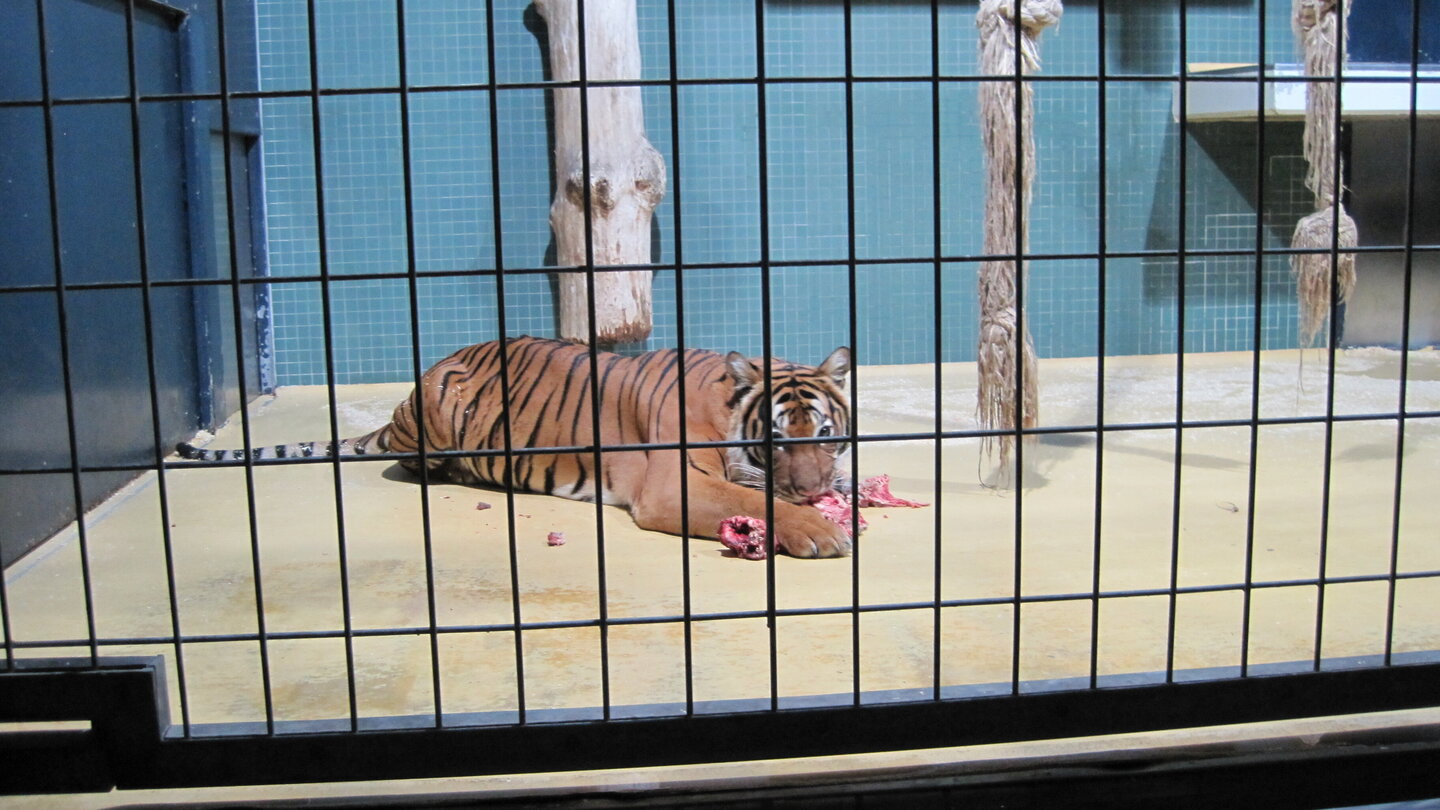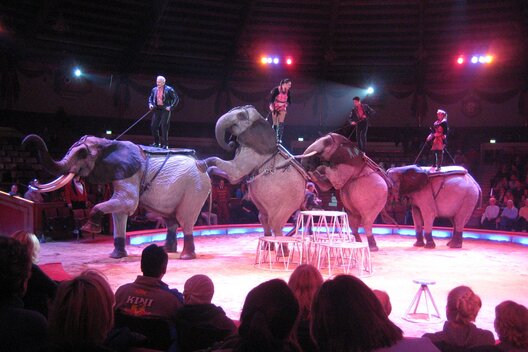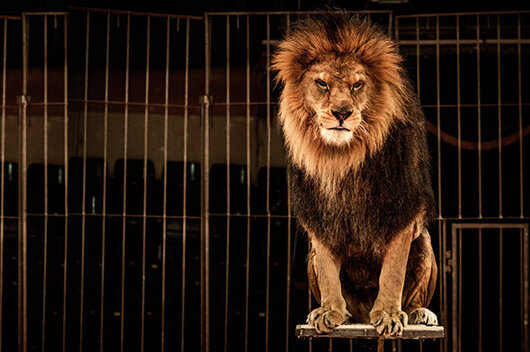Animals are not attractionsHow animals live in the zoo
A day at the zoo: for many children and adults, seeing tigers, giraffes and the like up close is a special experience. But for the animals, life in the zoo always means restrictions. Their natural habitat cannot be easily replaced by enclosures.
Zoos are real crowd pullers: in 2022, the zoo in Berlin alone registered around 3.6 million visits. There are over 800 zoos in Germany in total. However, many visitors do not consider that species-appropriate husbandry is not possible in zoos for most animal species.

How are animals doing at the zoo?
In principle, species-appropriate husbandry depends on the requirements of the animal species and the conditions in the respective zoo. In order to attract as many spectators as possible, larger zoos mainly keep "exotic" wild animal species such as tigers, giraffes, elephants or polar bears. It is often almost impossible to offer them a life similar to that in the wild. This is because each animal has very specific requirements in terms of climate, food and the layout and size of the enclosure.
A clear sign that the animals are suffering from the way they are kept are behavioral disorders such as constantly walking the same routes or swinging their heads back and forth. If the family groups of elephants are torn apart, this leads to considerable suffering for these highly social animals. Unfortunately, zoos have carried out this practice for decades. Recently, however, some zoos have been trying to reunite related elephants. The treatment of birds in outdoor enclosures is also often problematic: it is common practice to clip their wings or wing feathers in order to keep them unable to fly. In the case of great apes, it is questionable to what extent it is even justifiable to keep them. Animal keepers can hardly do justice to the highly developed animals in captivity and cannot keep them sufficiently occupied.
Petting zoos with goats, ponies, sheep and the like should also be viewed critically, as people are constantly touching the animals there if there are no suitable retreats. Small animals such as rabbits and guinea pigs absolutely do not like being stroked or picked up by strangers. Some go into a state of shock, while others are at great risk of injury from falling.
Zoos kill animals
Breeding programs1 result in "surplus" animals in zoos. The facilities then kill the young, perfectly healthy animals because they have too little space for them or fear inbreeding - especially males. This is because zoos are home to many species whose herds or groups naturally consist of predominantly female animals and a dominant male. If young male animals are born, the cramped space in the enclosures is not enough and fights break out. They often do not fit into further breeding plans and cannot be transferred to other zoos. In total, an estimated 3,000 to 5,000 healthy animals are euthanized, killed with captive bolt pistols or shot in European zoos2 that are members of the European Association of Zoos and Aquariums (EAZA) every year. These include deer, cattle and zebras, for example. Most zoos, especially in Germany, do not communicate the number of animals killed transparently. Instead, many try to convey an ideal world in which they are committed to species conservation. Zoos also kill numerous "food animals". This is the name given to animals that are bred and killed specifically to feed so-called predators such as tigers, lions or birds of prey, for example rabbits, guinea pigs, rats and mice. Some of these "food animals" come from the zoo's own petting zoos.
Zoos in figures
million visits were recorded by Berlin Zoo alone in 2022.
There are more than 800 zoos in Germany.
It is estimated that 3,000 to 5,000 healthy animals are killed in European zoos every year.
animals of protected species were exported abroad from German zoos for reintroduction projects between 2005 and 2020.
Releasing native animals into the wild
One positive aspect of zoos is the opportunity to breed endangered, native animal species such as hamsters or bearded vultures in order to release them back into the wild. According to the German government's response to a minor interpellation, a total of 149 animals of protected species were exported abroad from German zoos for reintroduction projects between 2005 and 2020. These included ospreys, servals, Przewalski's horses and Mendes antelopes.
In a few cases, German zoos also take in domestic animal species in need of help and care for them until they are released back into the wild. Research projects in zoological facilities that serve animal welfare and aim to continuously improve animal protection standards can also be useful. However, the majority of animal species in zoos, especially "flagship species" such as polar bears, tigers, dolphins or gorillas, are not intended for release into the wild. The process would not be successful for these animals anyway, as they would not be able to find their way in the wild.
What you can do
If you want to visit a zoo, you should inform yourself well in advance about the facility and avoid those that have animal welfare problems or appear dubious. If you observe situations that violate animal welfare yourself, report them to the relevant veterinary office with pictures if possible. In order to contribute to the preservation of endangered animal species and to help them, you can support projects that aim to preserve habitats or protect species in nature.
This is what the German Animal Welfare Federation demands
The German Animal Welfare Federation is not fundamentally opposed to zoos. However, there are hardly any facilities in which no improvements are necessary for the animals. From an animal welfare perspective, it is important that zoos observe the following:
Housing, feeding and occupation must be optimally adapted to the needs of the respective animals.
The size, climate and structure of the enclosures must be designed in such a way that the animals can live out their species-appropriate needs and social behavior.
Zoos should stop keeping species such as polar bears or dolphins that cannot be kept in species-appropriate conditions.
Always meet high standards for animal husbandry instead of merely complying with minimum requirements such as those set out in the "Mammal Report" of the Federal Ministry of Agriculture. The Ministry should also urgently adapt its report and issue binding and stricter requirements for zoos in particular.
The aim of keeping endangered species should always be to reintroduce them into the wild - combined with the protection of local habitats.
Keep fewer animal species overall and thus create space and room for improvement for the remaining animals.
Aspects such as the breeding and killing of surplus animals and the adaptation of animals to husbandry systems that are contrary to animal welfare, such as the docking of zoo birds, must be a thing of the past.
Sick or old animals, as well as animals that cannot be released into the wild, must be cared for in a species-appropriate manner until the end of their natural lives.
Only construct new plants in conjunction with specific nature conservation projects.
Sources and further information
1 https://www.duunddastier.de/ausgabe/wenn-zoos-ueber-leben-und-tod-entscheiden/?issue=12400&y=2022
2 Barnes, H. (2014, February 27). How many healthy animals do zoos put down? BBC News. Retrieved from http://www.bbc.com/news/magazine-26356099

